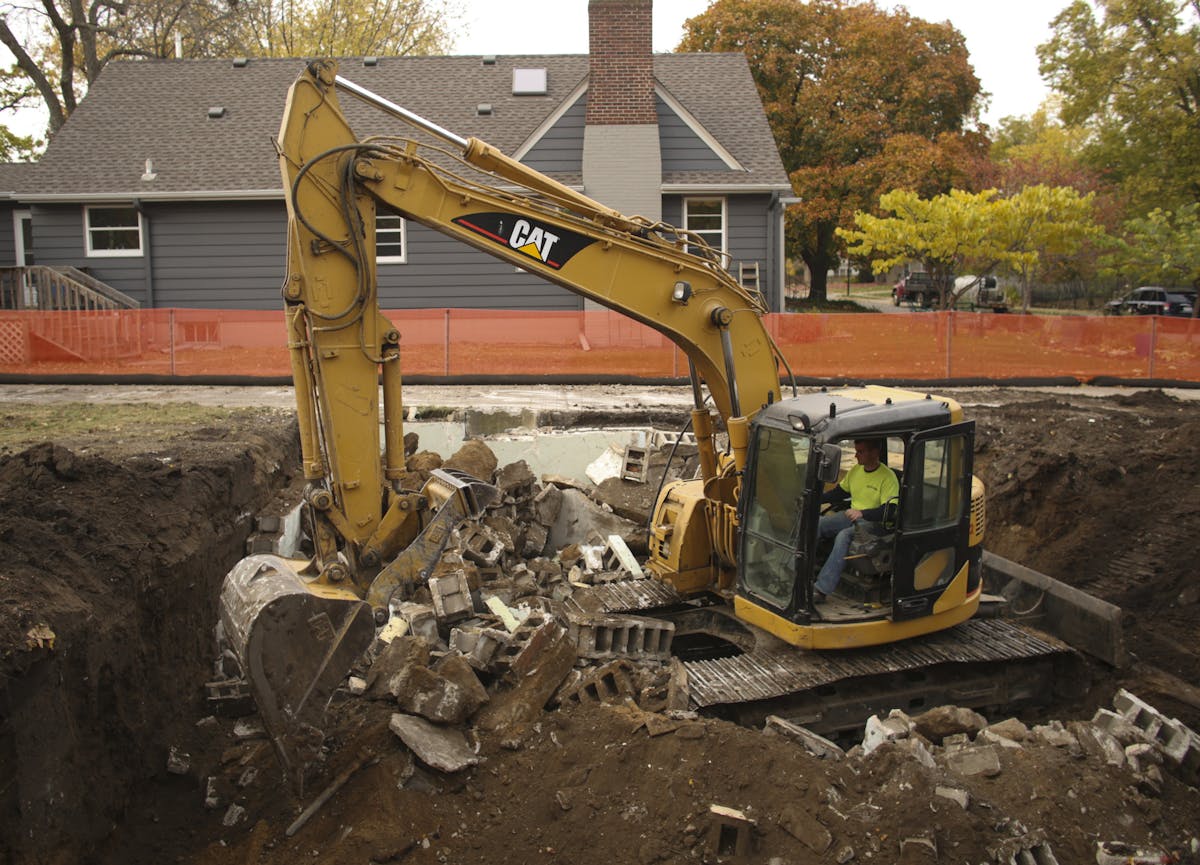Edina is getting tough on tree teardowns.
For several years now, builders have been demolishing and replacing old homes in Edina at a record pace. Concerned with contractors who were scraping entire lots down to bare earth, the city passed a tree preservation ordinance that took effect July 1.
"We're getting at the builder who just takes everything out," said Cary Teague, Edina's community development director. "There were some builders who would come in, remove the house and wipe out every tree on the lot. We were losing that urban canopy, that urban forest that we had. And we were hearing about it … we decided to respond and come up with a tree preservation ordinance."
A majority of cities in the metro area have at least some kind of law on the books that deals with saving trees.
But Edina's is one of the tougher ordinances, and embodies a growing recognition of the benefits of urban trees, said Ken Holman, community forestry program coordinator at the Minnesota Department of Natural Resources.
"Cities are looking at the landscape for more of its functional value," Holman said. "Along with the aesthetics, they want to make sure the builder or homeowner understands that the landscape performs functions like energy management, stormwater management, heat island mitigation."
For example, a mature oak tree can intercept more than 5,000 gallons of stormwater that would otherwise run off into sewers, according to an unofficial tree benefits calculator used by the DNR. The same tree also can remove more than 1,500 pounds of carbon from the air — about the amount of carbon generated by driving a typical car 1,600 miles.
Anyone who pulls a demolition or building permit in Edina is now required to submit a tree preservation plan and get approval from the city forester.
The entire area under the canopy of mature trees must be fenced off during construction to prevent damage to the roots. Any tree measuring 8 or more inches in diameter that's removed must be replaced by a new tree of at least 2½ inches. And if the new tree dies within three years of planting, it also must be replaced. Trees removed for the actual footprint of the house, and within 10 feet of the footprint, don't need to be replaced.
Trees are "a resource that we've been given and we don't really see the benefits until they're gone," said Matthew Rentsch, an urban designer and president of the Minnesota chapter of the American Society of Landscape Architects.
Rentsch said restrictions on tree removal can pose a challenge to designers and builders, but it's not insurmountable.
"In a perfect world, we'd be able to keep a stand of iconic oak trees and also incorporate a new development that would bring a tax base to a community," he said. "We're not always able to do that. That's where some flexibility and well-designed intent in an ordinance, combined with good communication, can go a long way."
John Reinan • 612-673-7402

Baseball Metro Player of the Year packs up his five tools and leaves

Prep baseball 2024: 35 Minnesota stars who the recruiters covet
Police searching for St. Paul home intruder who raped, robbed woman

Friend heard money, relationship woes from man tied to Chanhassen killing who took his own life

